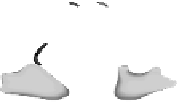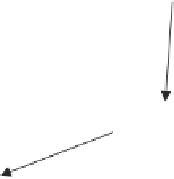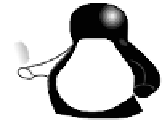Biomedical Engineering Reference
In-Depth Information
reference image
test image
registration
deformation
warping
warped image
Figure 9.3:
Given an image and a deformation function, a deformed image is
created by warping. Inversely, given two images, the corresponding deformation
function is found by image registration. The registration attempts to make the
warped image as similar as possible to the reference image. (Color slide.)
with the reference image and conversely, registering an original image with its
warped version recovers the deformation used.
We will call a registration
elastic
, if the family of correspondence functions
g
is sufficiently general, capable of expressing (almost arbitrary) nonlinear re-
lations
4
as opposed to considering for example only linear functions
g
.
9.1.1
Applications of Image Registration
Historically, some of the first applications of image registration occurred in the
domain of
motion analysis
[2]. The task there is to find changes between two
subsequent frames in a video sequence, assuming that these changes can be
completely explained by movements of the objects in the scene or of the ob-
server. In most cases, the inter-frame changes are relatively small and the move-
ment smooth. The extracted motion field can be used to measure the trajectories,
4
Note that elasticity is used here in a wider sense than just the mechanical linear elastic-
ity [1].



































































